Mehmed Hayret Efendi. İnşa-i Hayret (Riyâzü’l-Kütebâ ve Hıyâzü’l-Üdebâ). A.H. 1242 (October 1826 C.E.), Bulak Press, Egypt
£3,200.00
Mehmed Hayret Efendi. İnşa-i Hayret (Riyâzü’l-Kütebâ ve Hıyâzü’l-Üdebâ). Turkish- Egypt Printed book, dated A.H. 1242 (October 1826 C.E.), Bulak Press, Egypt.
1+494 pages. 8vo (9.5 x 6.2 in). Printed in 29 lines per page on unglazed French watermarked paper. Titles framed with floral and decorative borders; each page enclosed within a double black rule. Two ownership seals present. Bound in its original red spine with marbled paper-covered boards. Binding shows signs of wear, including detached portions and aging-related abrasions, with occasional water stains. Overall in good condition.
One of the earliest printed works from the Bulak Press, İnşa-i Hayret stands as a seminal example of Westernization in Ottoman print culture, being among the first four books printed with the newly introduced moveable type. Emerging at the dawn of Egypt’s modernizing era, this work played a foundational role in systematizing the language and bureaucratic writing conventions of state institutions, bridging classical Ottoman administrative prose with the evolving modern state.
Mehmed Hayret Efendi was born in Darende, Malatya. His real name was Mehmed Hayret, and he used “Hayret” as his pen name in poetry. After completing his education in his hometown, he moved to Istanbul, where he served as a scribe in the Divan-ı Hümayun. Rising to the rank of hâcegân, he worked under several grand viziers, including Yusuf Ziya Pasha, Celal Pasha, Mehmed Galib Pasha, and Mehmed Şakir Pasha. In 1818, he traveled to Egypt and became the divan secretary to Mehmed Ali Pasha. Various sources provide differing accounts of his death: while some, like Kâmûsu’l-A’lâm and Sicill-i Osmânî, suggest he served for five to six years before passing away in Egypt in 1824.
The work itself is a comprehensive classical münşe’ât (collection of official and literary correspondence), preserving traditional Ottoman bureaucratic and rhetorical style. It was printed in 1826 at the Bulak Press in Cairo, spanning 495 pages. As a crucial reference in Ottoman administrative and literary history, it serves as a bridge between classical and modern bureaucratic practices in the empire.
Be the first to review “Mehmed Hayret Efendi. İnşa-i Hayret (Riyâzü’l-Kütebâ ve Hıyâzü’l-Üdebâ). A.H. 1242 (October 1826 C.E.), Bulak Press, Egypt” Cancel reply
Product Enquiry
Related products
Arabic and Ottoman
Rare Arabic codex of the Malhama Daniyal, a Christian Levantine divine work (1762)
Arabic and Ottoman
The Essence of Mathematics, Al-‘Amili, Baha’ al-Din Muhammad ibn Husain, Istanbul 1687
Arabic and Ottoman
A Masterpiece of Ottoman Education: The Rare İcazetname of Es-Seyyid Mustafa Asım el-Hadimi
Arabic and Ottoman
Complete Safavid Codex of the ŠARĀ’Iᶜ AL-ISLĀM, A SHIA FIQH c.1660

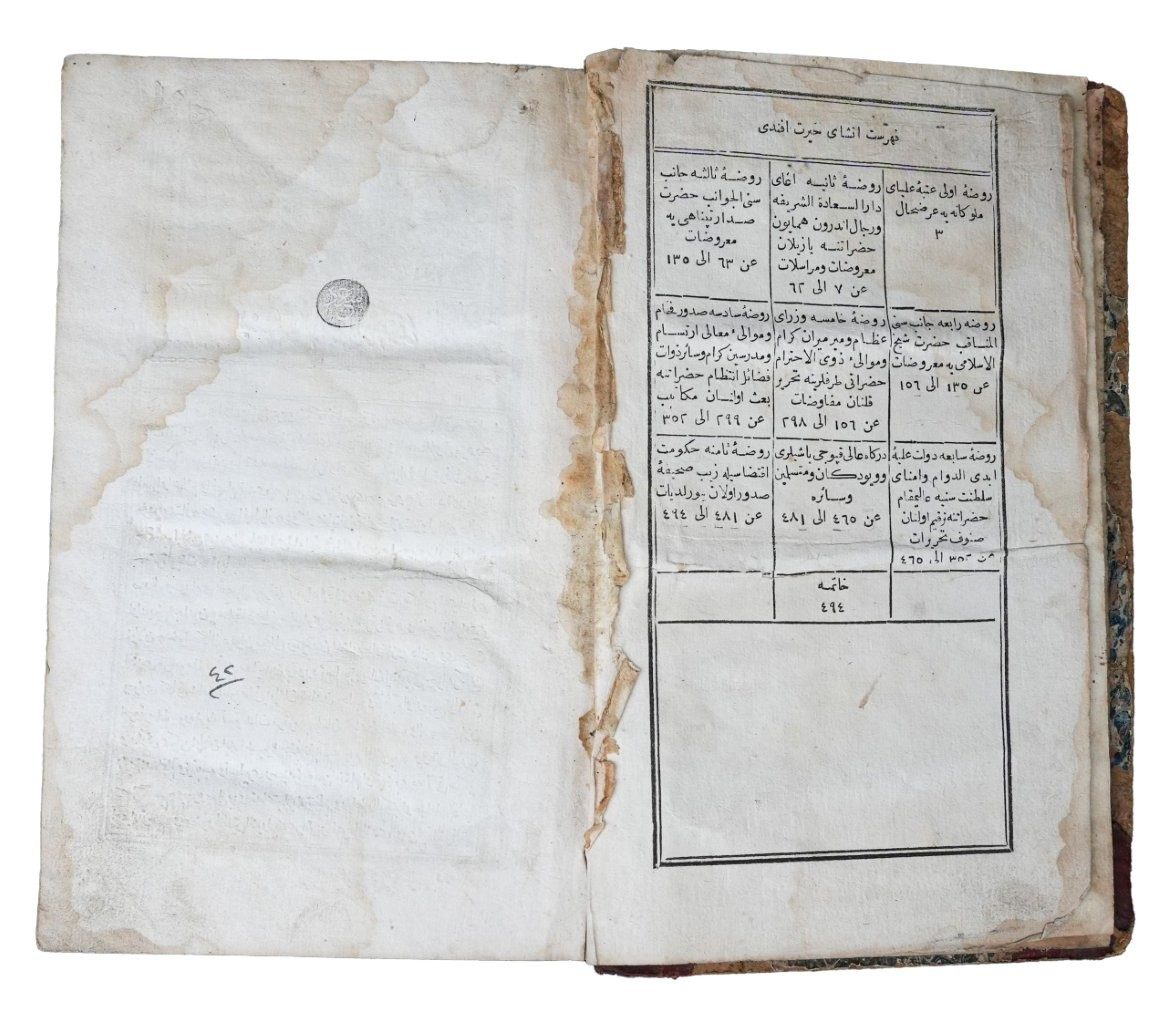
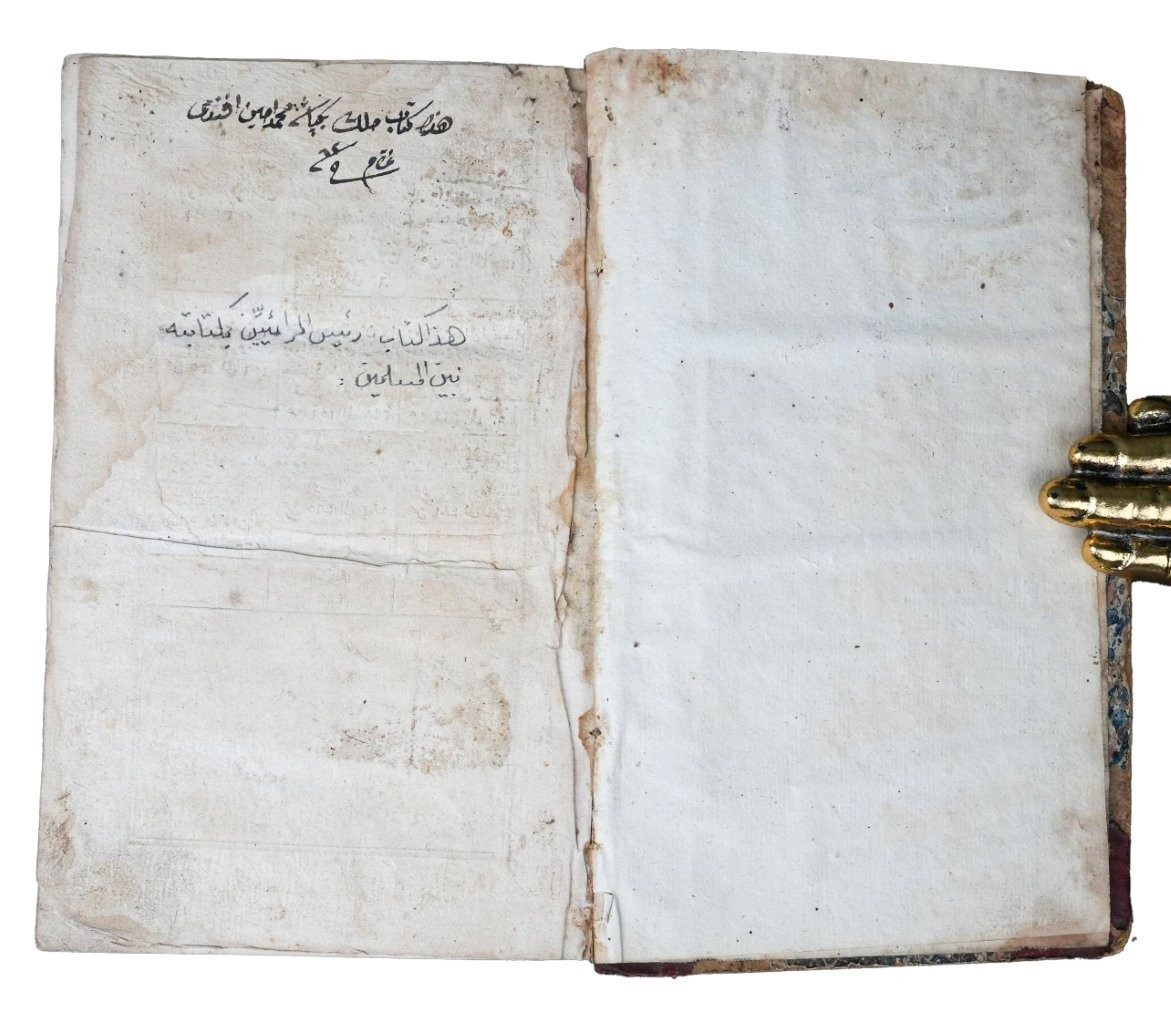
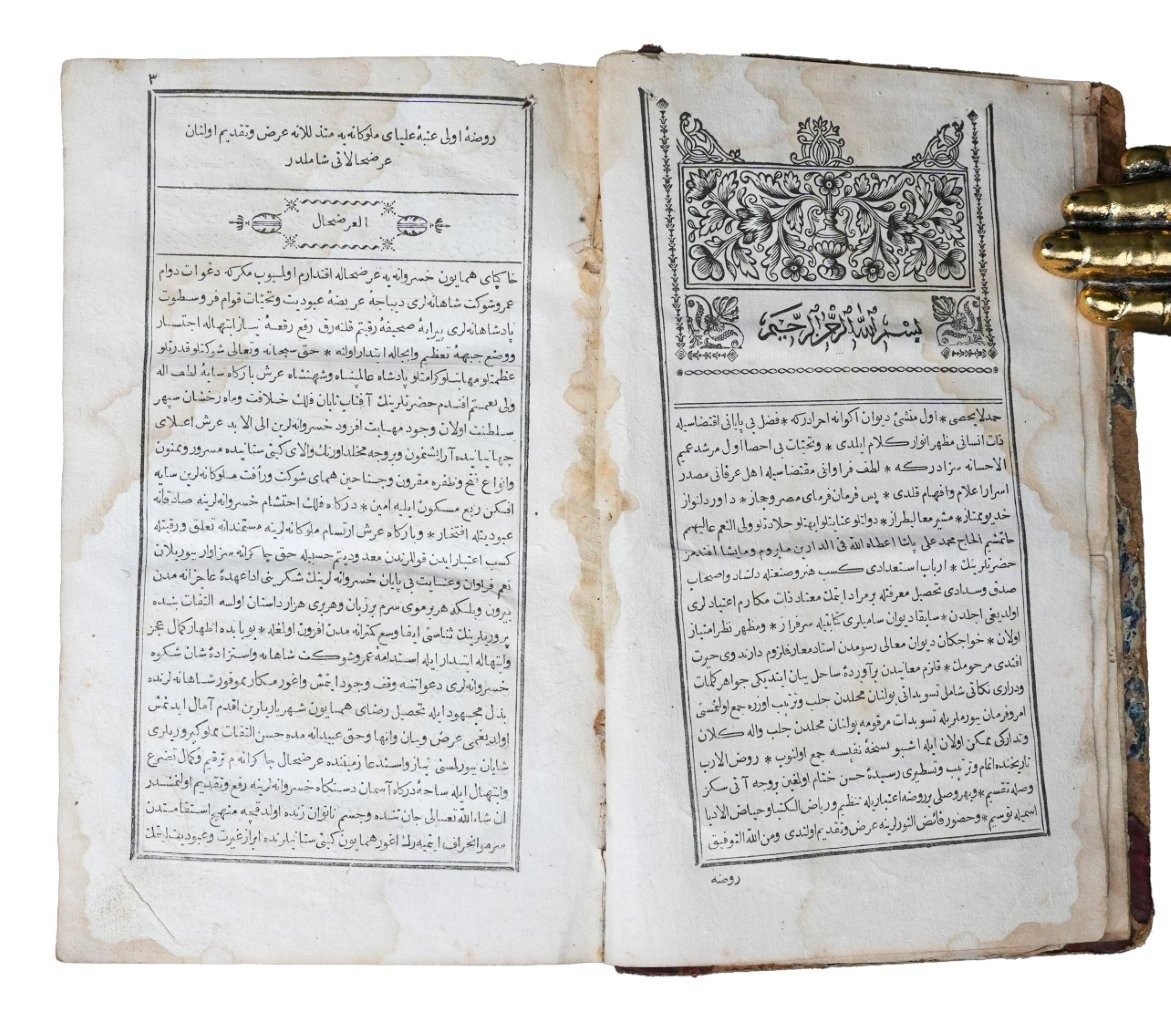
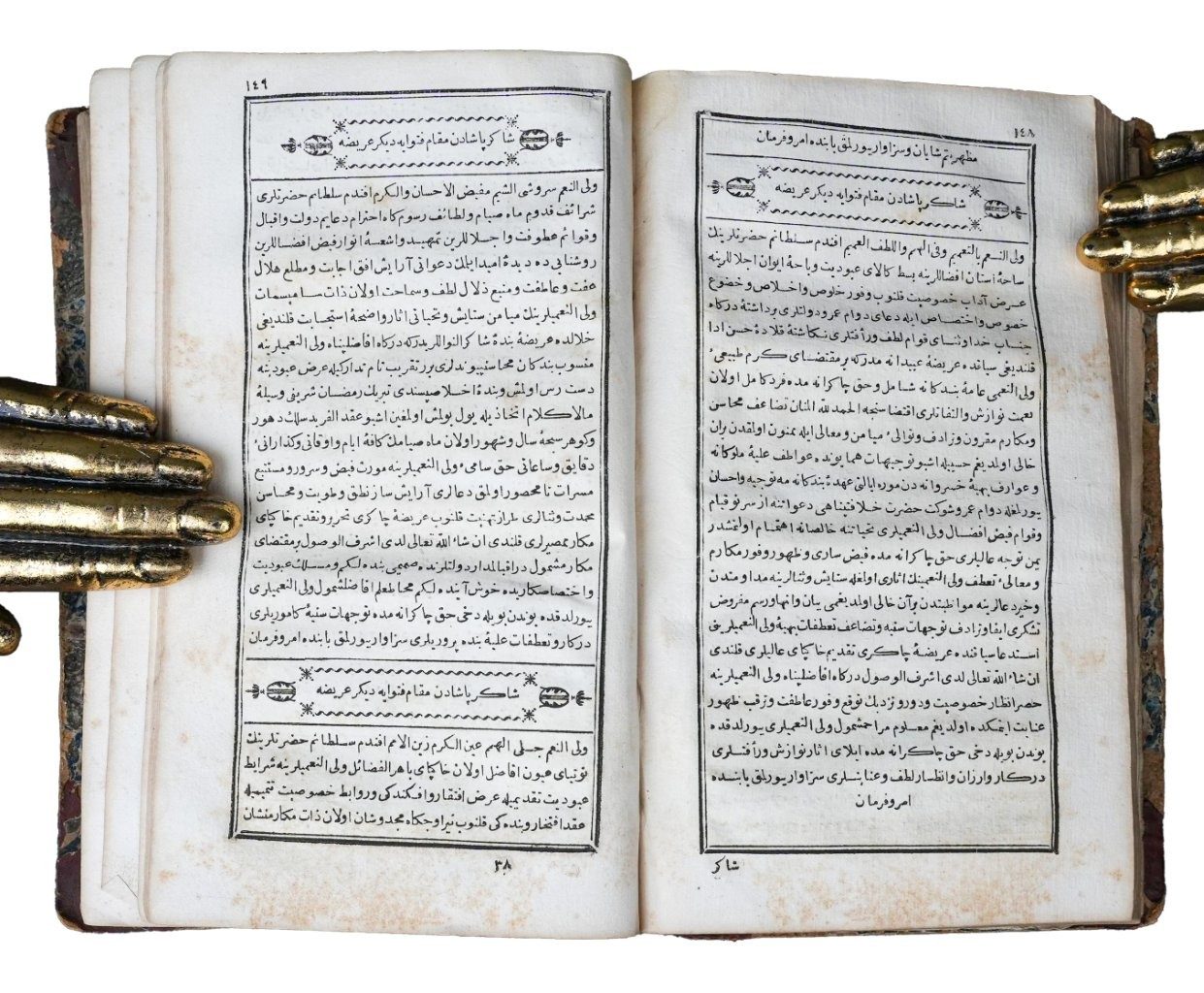
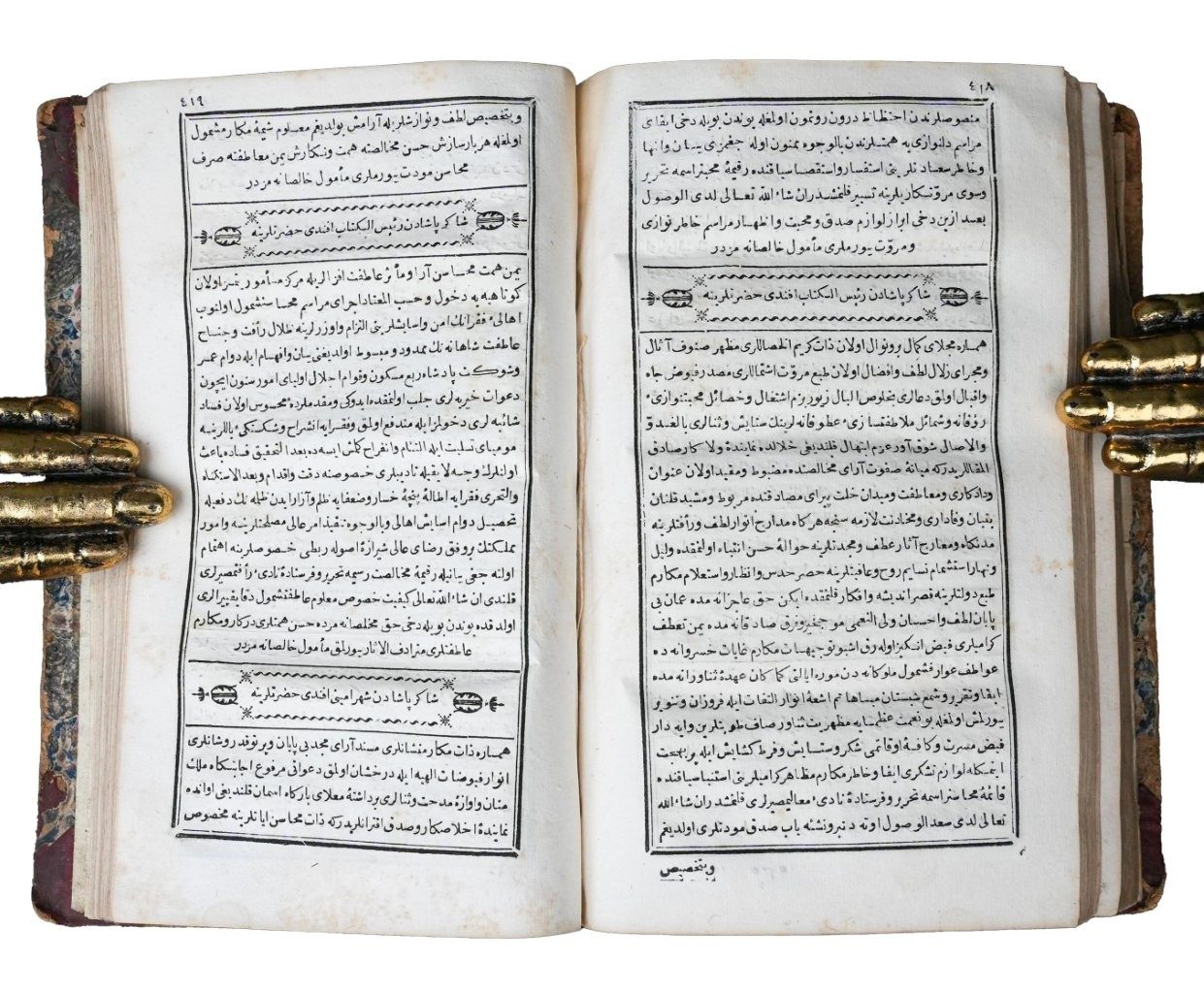
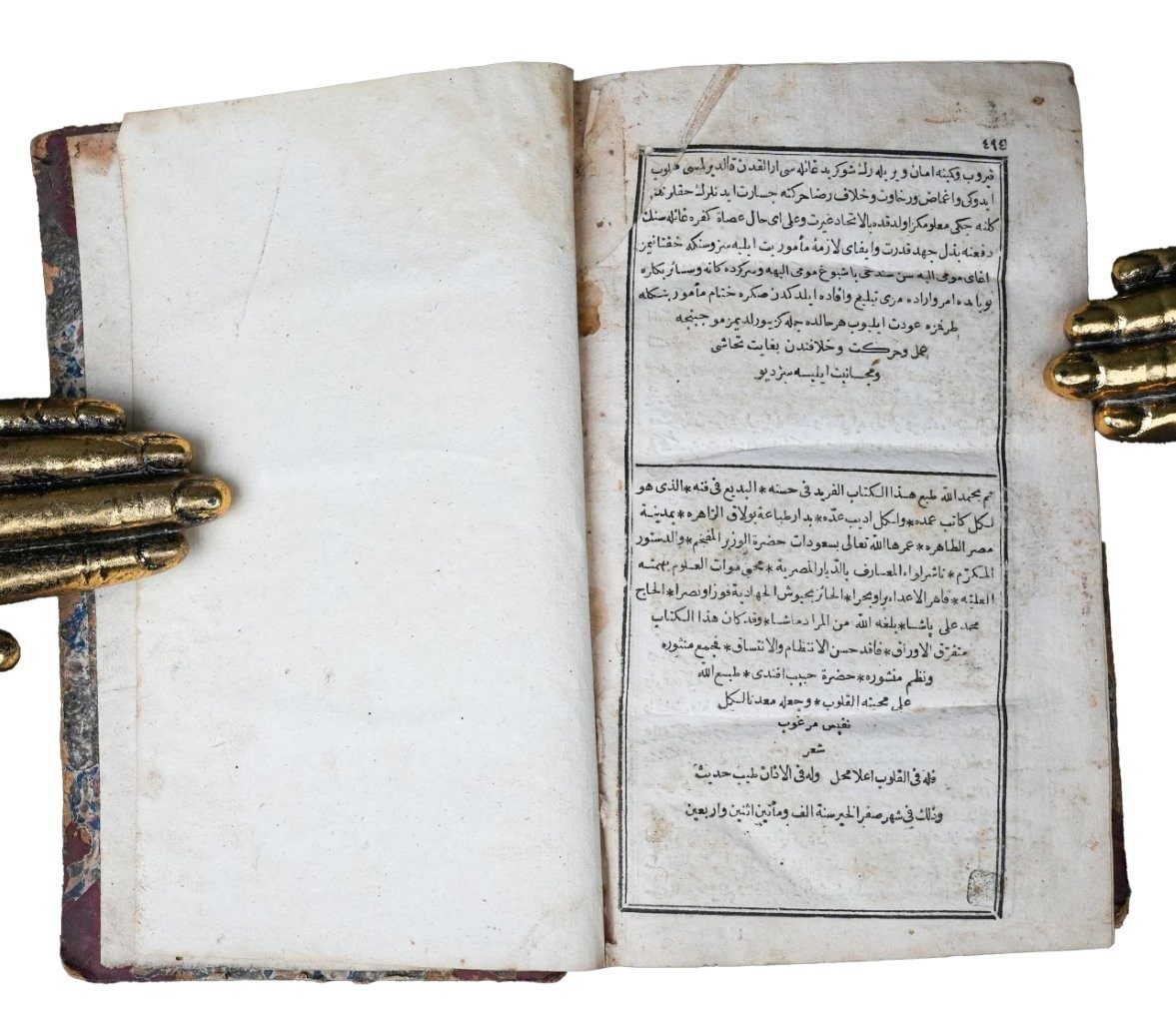
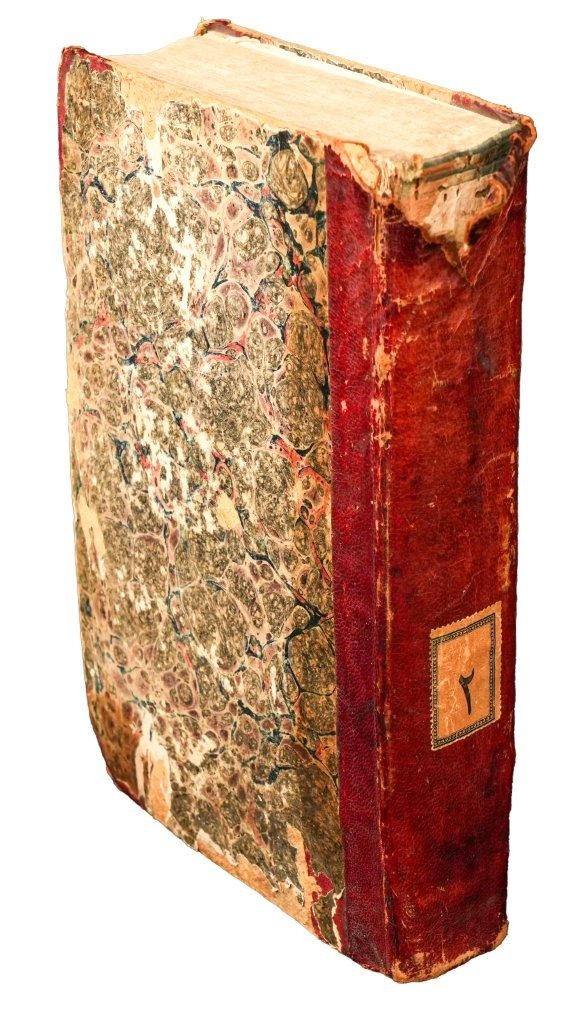
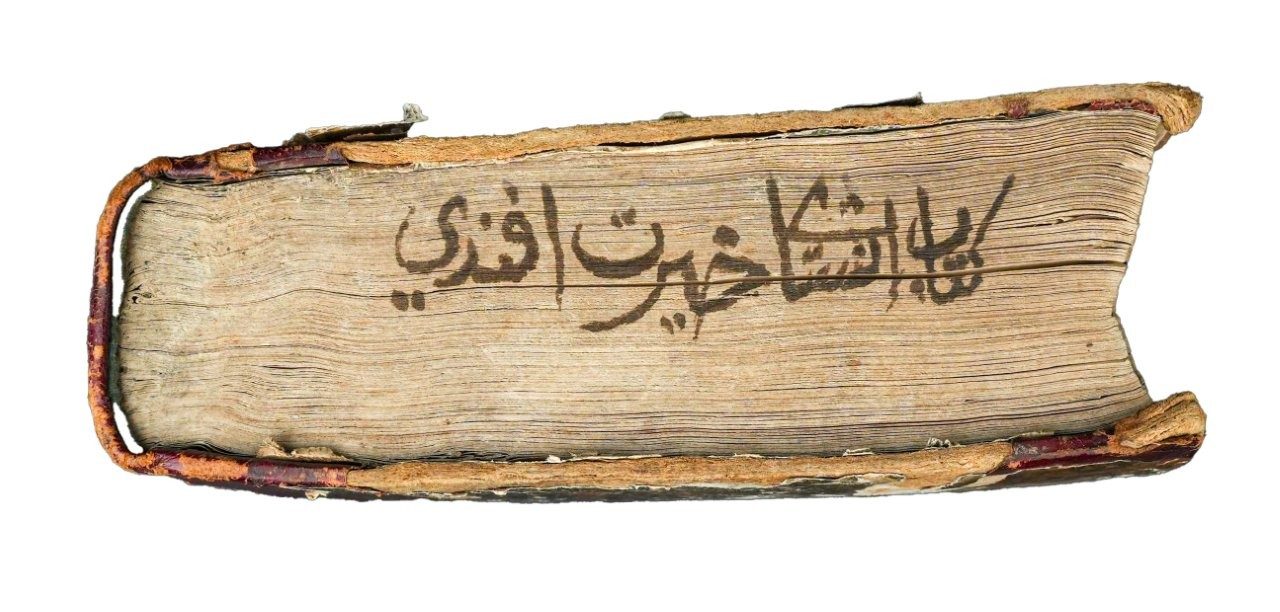
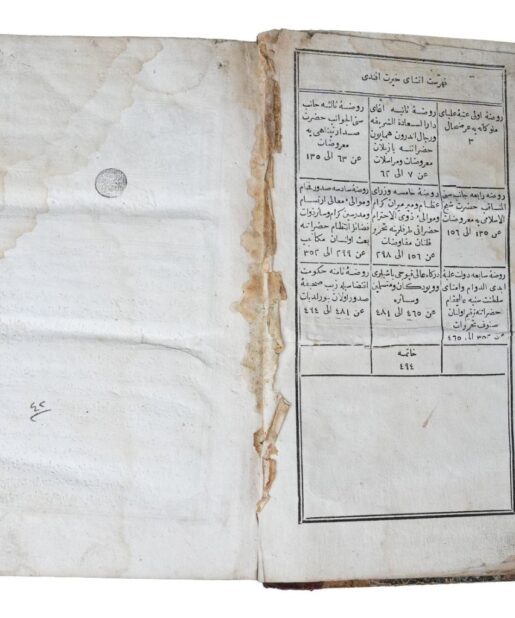
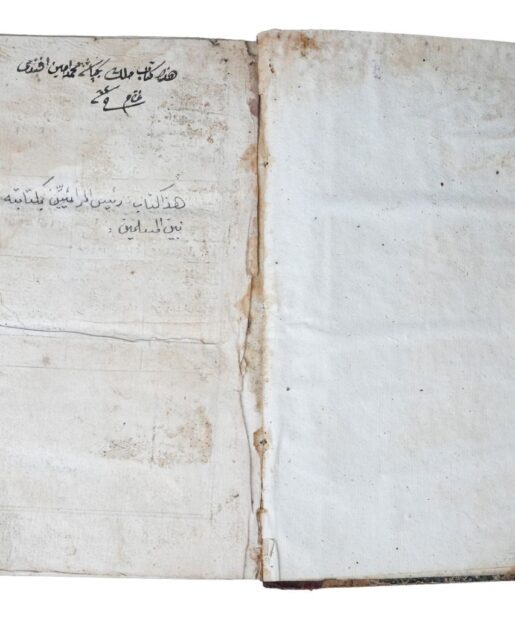
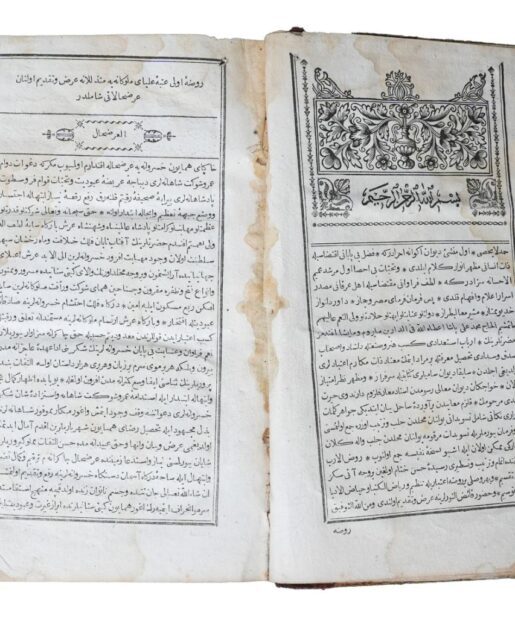
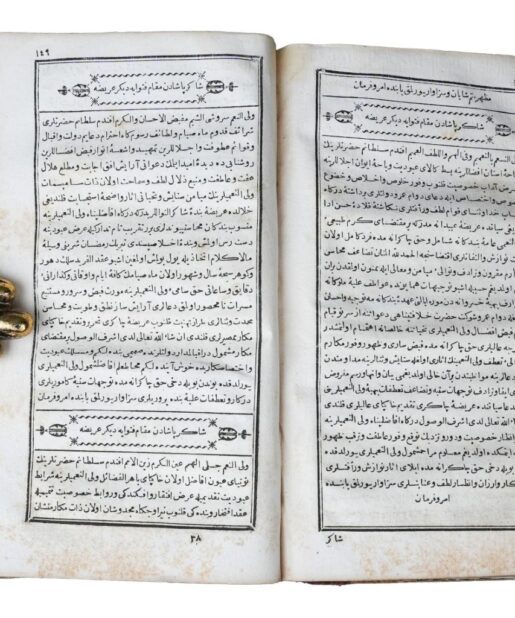
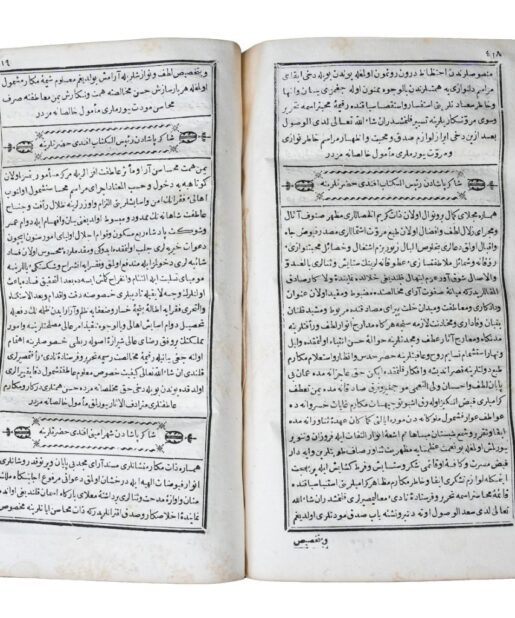
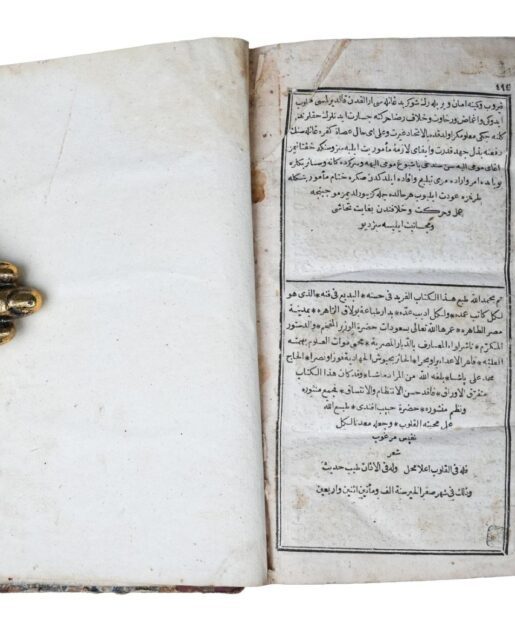
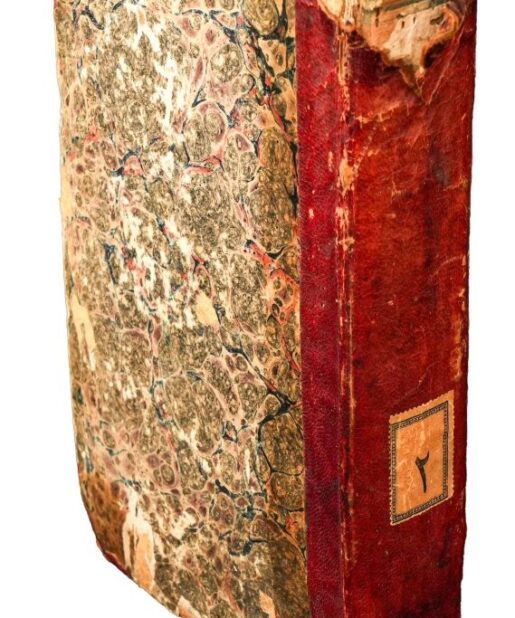
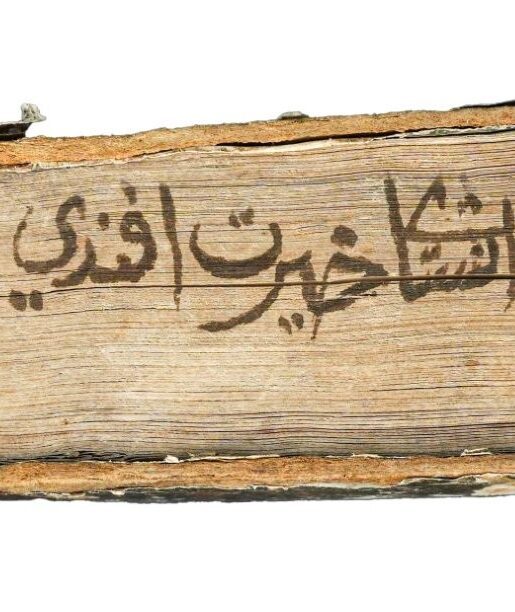

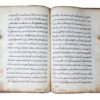
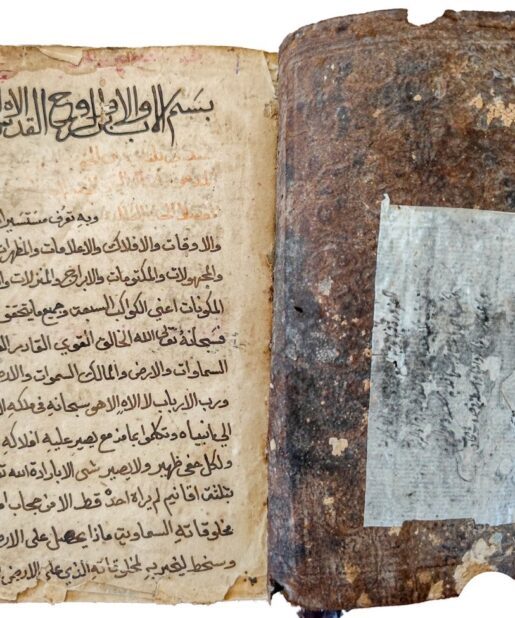
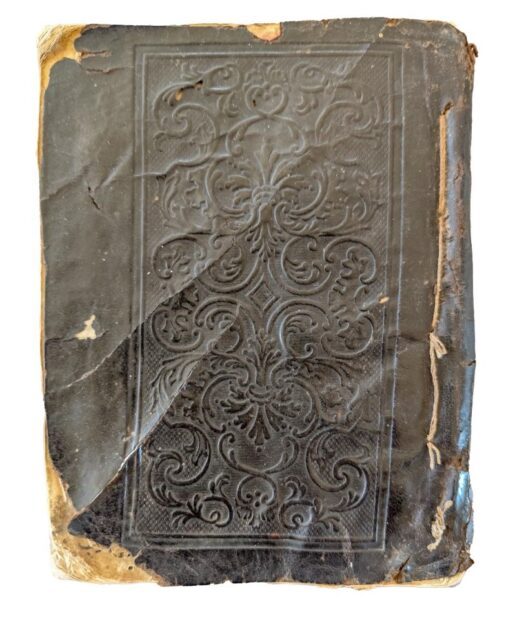
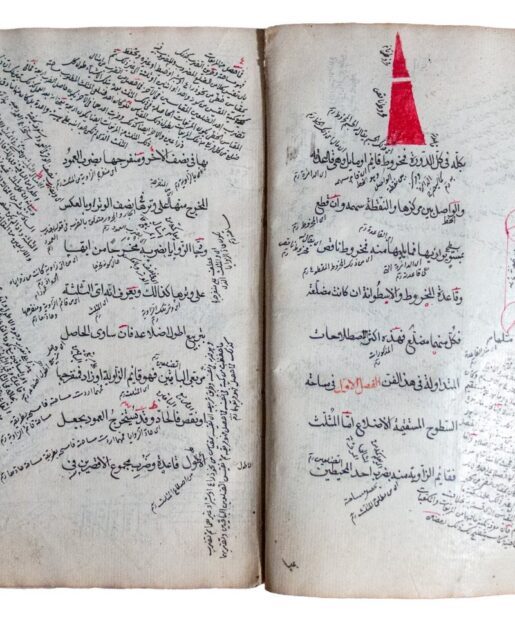
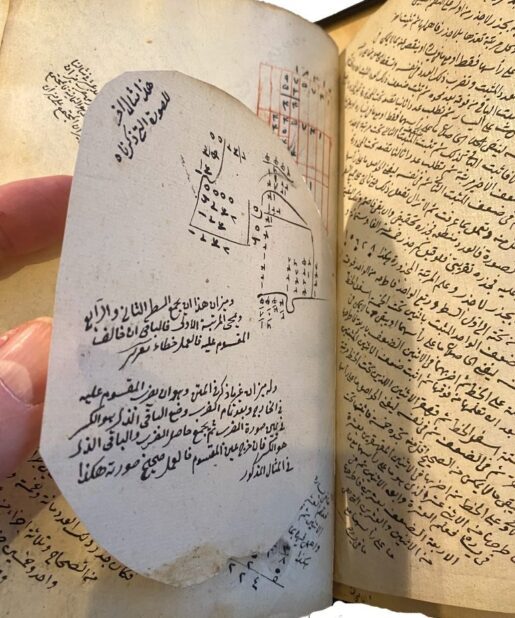
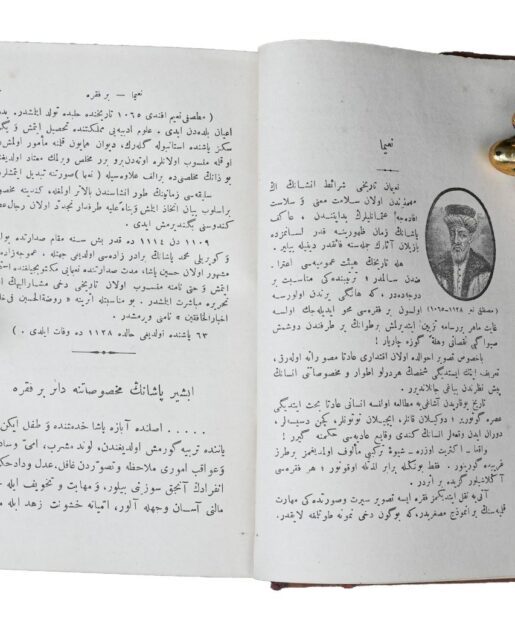
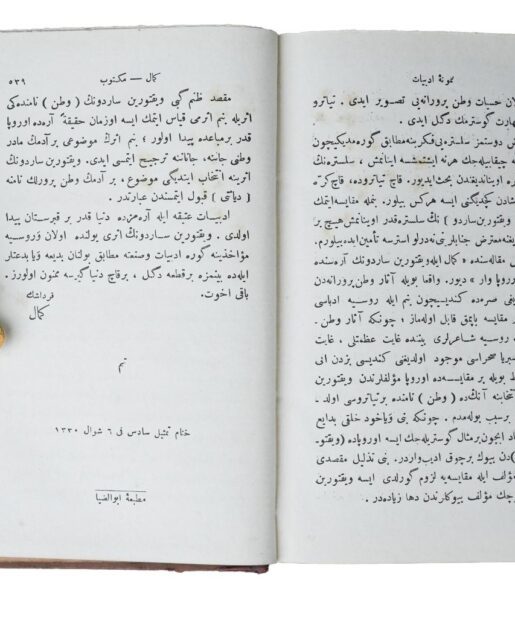
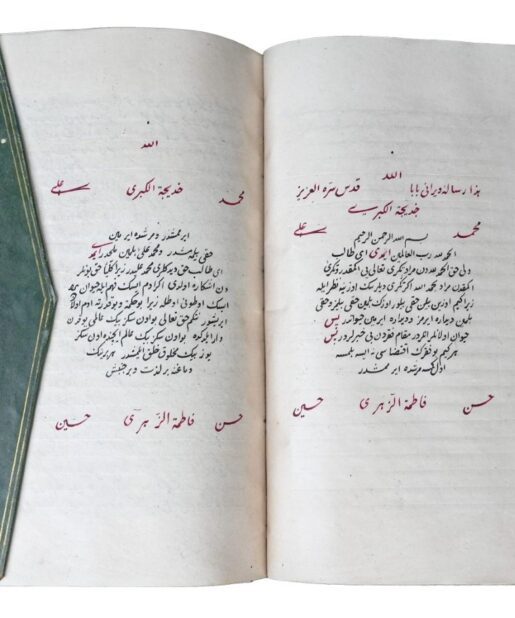

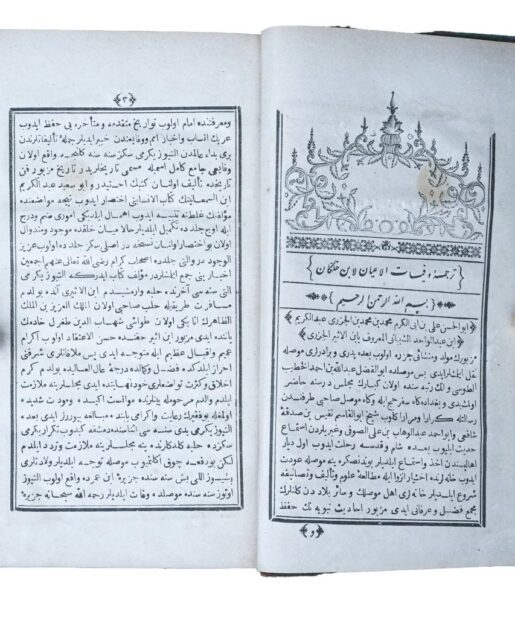
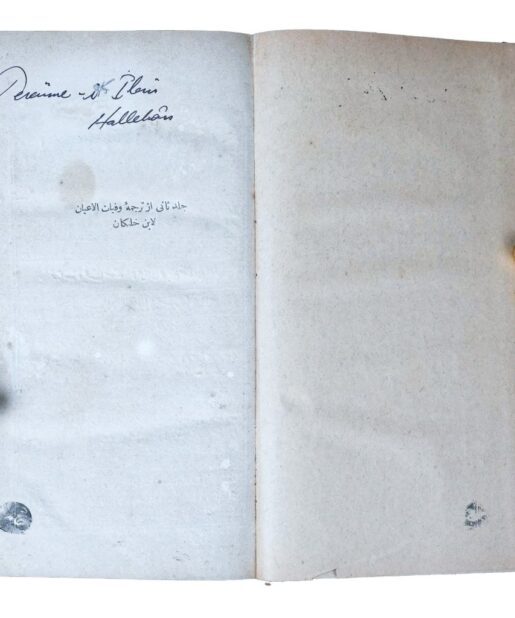


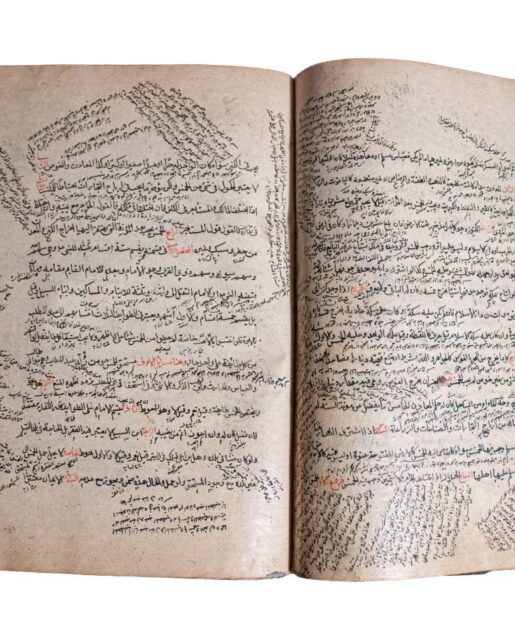
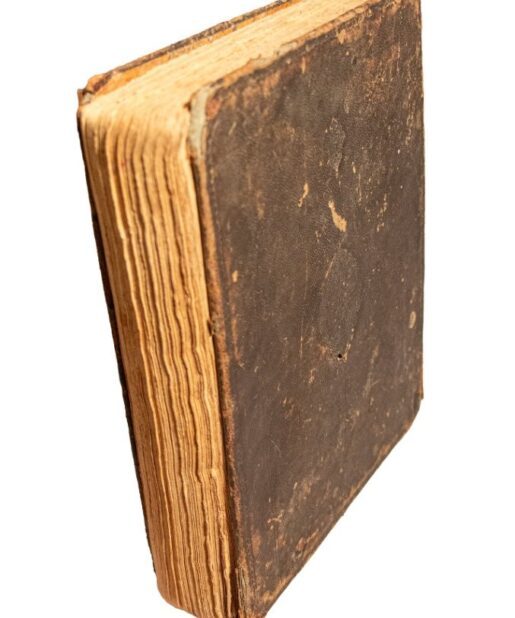
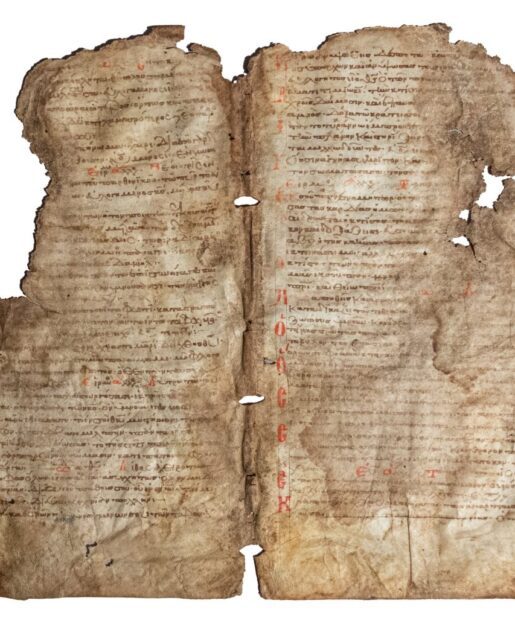
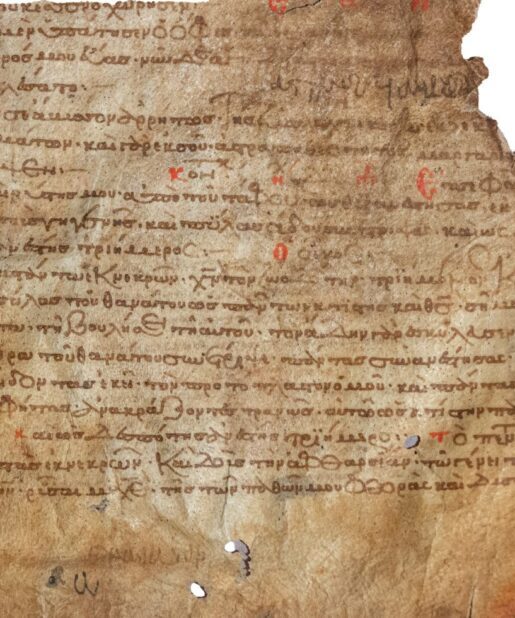
Reviews
There are no reviews yet.